How’s it going mates? I know these have been tough times for all of us. However, it’s always good to have some free time to do things we like. For me writing on this blog about my Architectural experiences since I left Brazil has been such a great experience that I would really recommend it to anyone. Maybe it is time to try out some new stuff and realise that you also can do a great job doing things you never imagined before!
Well, today I would like to talk about the beautiful Hue and its gorgeous Imperial Citadel. Vietnam really amazed me in ways I couldn’t imagine in terms of its Architectural Heritage, even though many of its treasures were not very well preserved. Their history and culture are very rich and closely related to the above’s big neighbor, China, but still very particular.
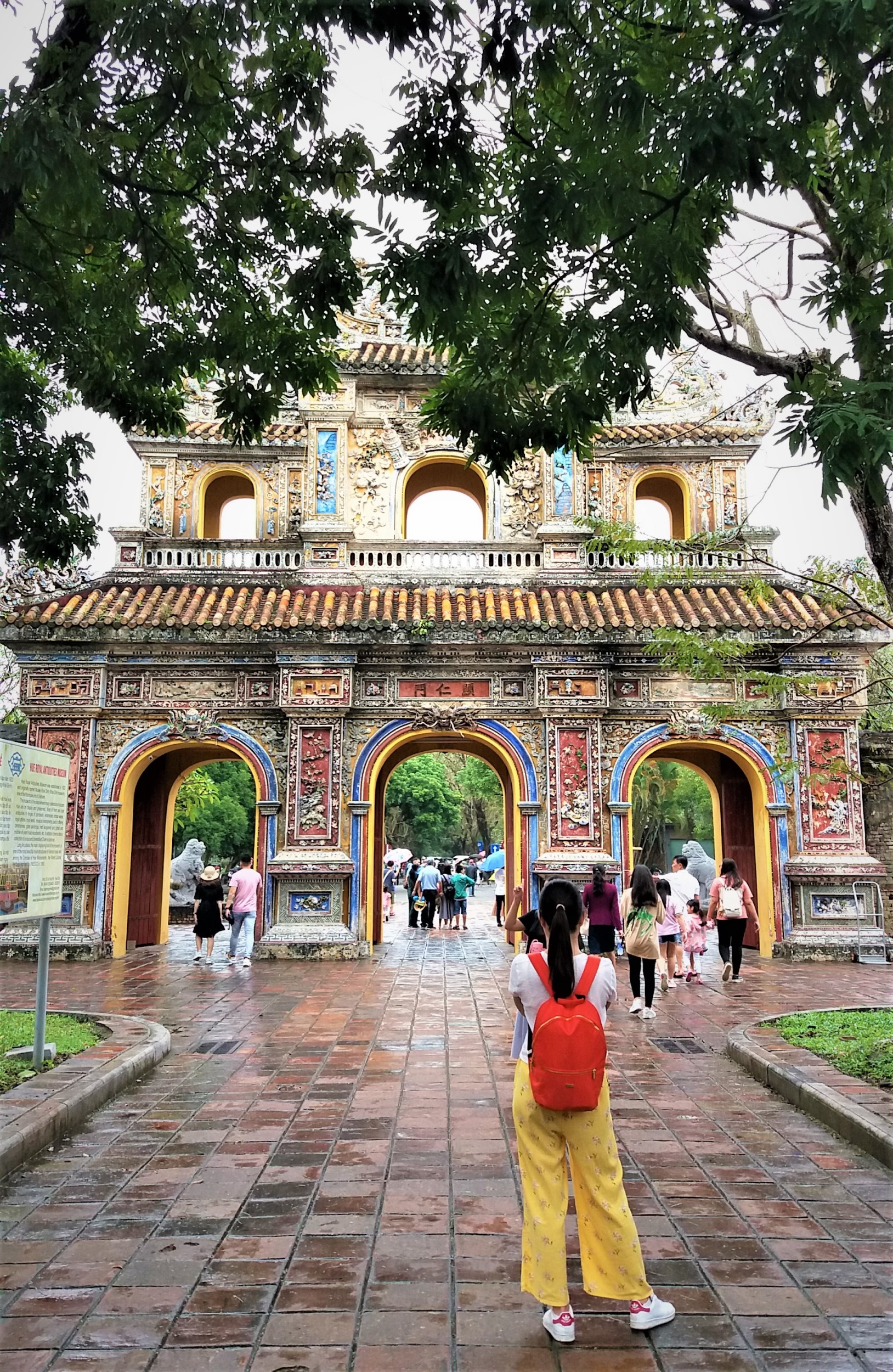
Back in the time, by the end of the 18th Century, after Vietnam was united, Emperor Gia Long started to build the new empire’s capital, a walled citadel measuring about 10 kilometers long, in Hue, to become the ancestral seat of the Nguyen Lords. The construction of the citadel started, to be more exact, in 1804, when Neoclassical Architecture style was blooming around Europe and walled cities were long ago left behind. It is considered the most massive structure being built in the history of modern Vietnam involving thousands of workers, millions cubic meters of rock and huge volume of burden workload.
The Imperial Citadel was oriented to face the Huong River (Perfume River) to the southeast. It actually differs from Beijing’s Forbidden City in which faces true south. Rather than concentric rings, centered on the Emperor’s palace, the imperial residence (the Purple Forbidden City) itself is offset toward the southeast side of the citadel, nearer the river, as shown on the top part of the following map. Access to this enclosure was restricted to the imperial family. As an interesting fact, the original earthwork done for the city’s walls was later reinforced and faced with brick and stone resulting in two meter-thick reinforced ramparts.
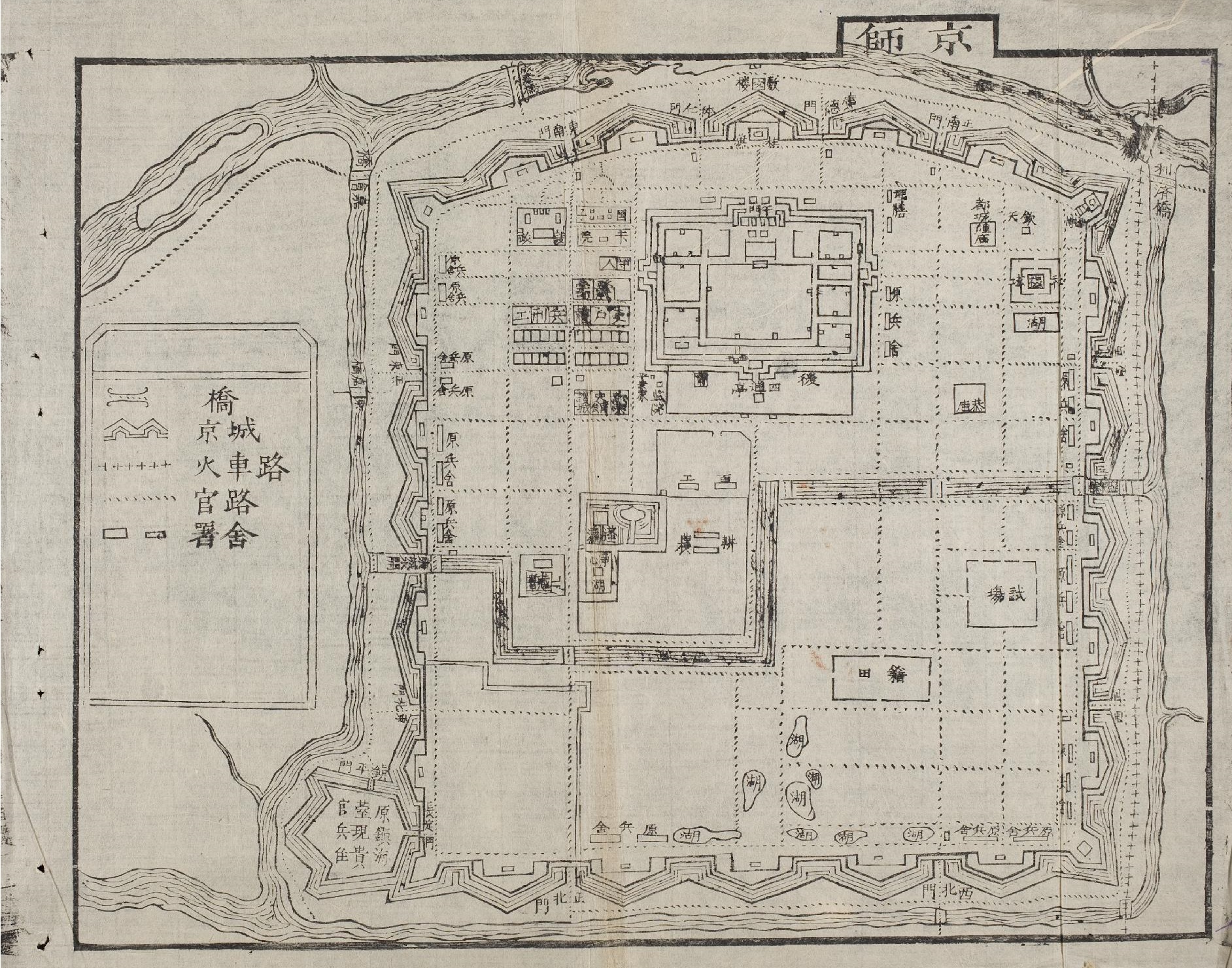
Imperial Citadel of Hue’s original map. Source: https://en.wikipedia.org/wiki/Imperial_City_of_Hu%E1%BA%BF
The grounds of the Imperial City are protected by fortified ramparts 2 kilometers by 2 kilometers, and ringed by a moat. The water in the moat is routed from the Perfume River through a series of sluice gates. This particular enclosure is the citadel itself.
Even though I visited the Imperial Citadel on a rainy day, the overcast sky couldn’t take away its beauty and magic. The colours, the Architectural details, the gardens, everything look so carefully placed and in harmony that it immediately transports us to this royal Vietnamese past.
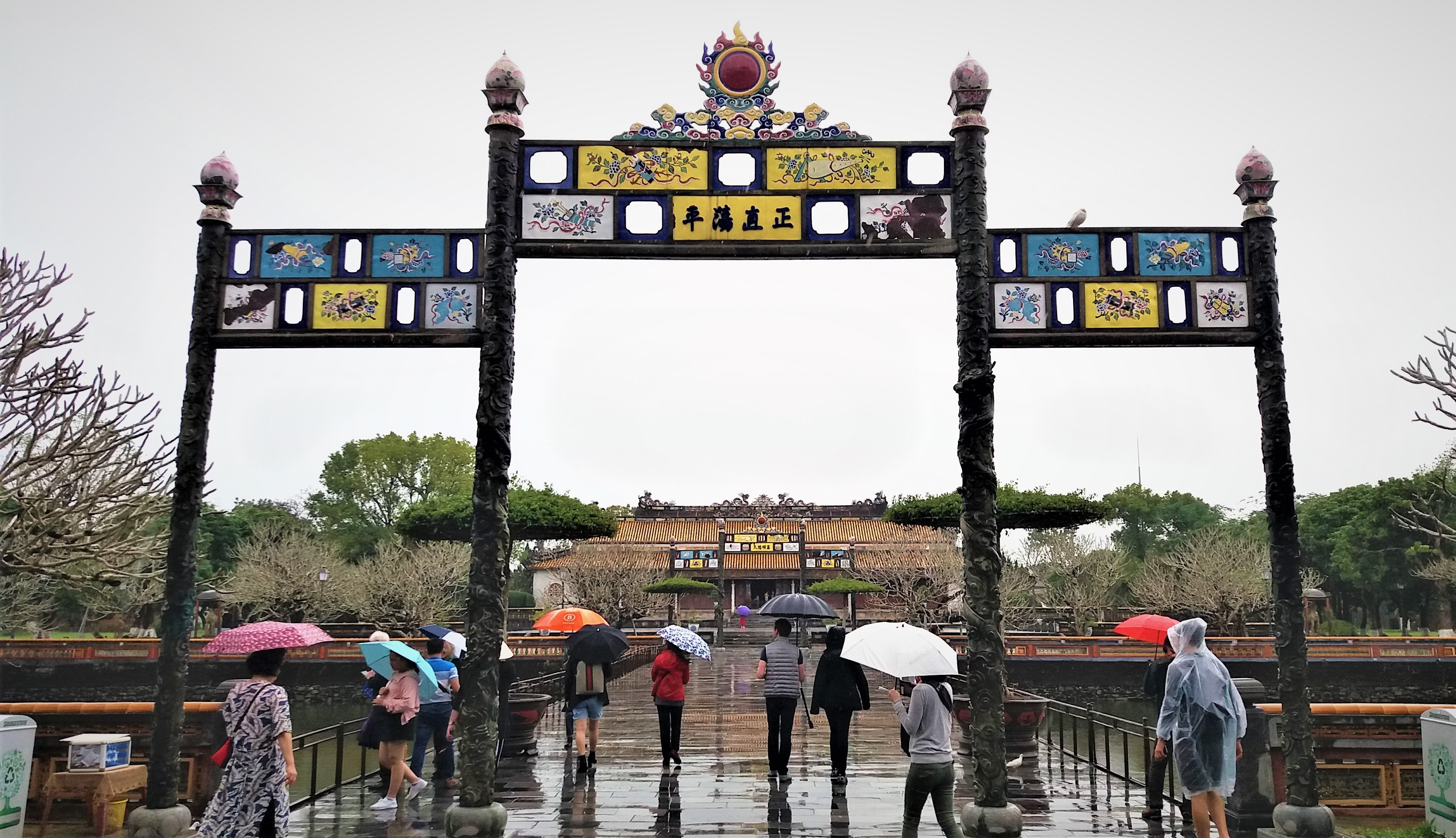
The entire complex was the seat of power until the imposition of the French protectorate in the 1880s. After that it existed mostly to carry on symbolic traditions until the Nguyễn dynasty was ousted in 1945, with the Proclamation of Independence of the Democratic Republic of Vietnam.
However, not only grace and royalty have took place in the Imperial Citadel. After the event of the Proclamation of Independence, major losses occurred in 1947 when the Việt Minh seized the citadel. The French led counter-attack laid siege and the six-week ensuing battle destroyed many of the imperial major structures. The core of the city including the Imperial Palace was burned.
Considerable damages to the citadel were also made during the Vietnam War. During that period the Imperial Citadel was occupied by Viet Cong troops and also by South Vietnamese troops, being then bombed by U.S. allied warplanes. Out of 160 buildings only 10 major sites remain because of the battle, such as the Thái Hòa and Cần Thanh temples, Thế Miếu, and Hiển Lâm Các. The city was made a UNESCO site in 1993 and has been restored and preserved since then.

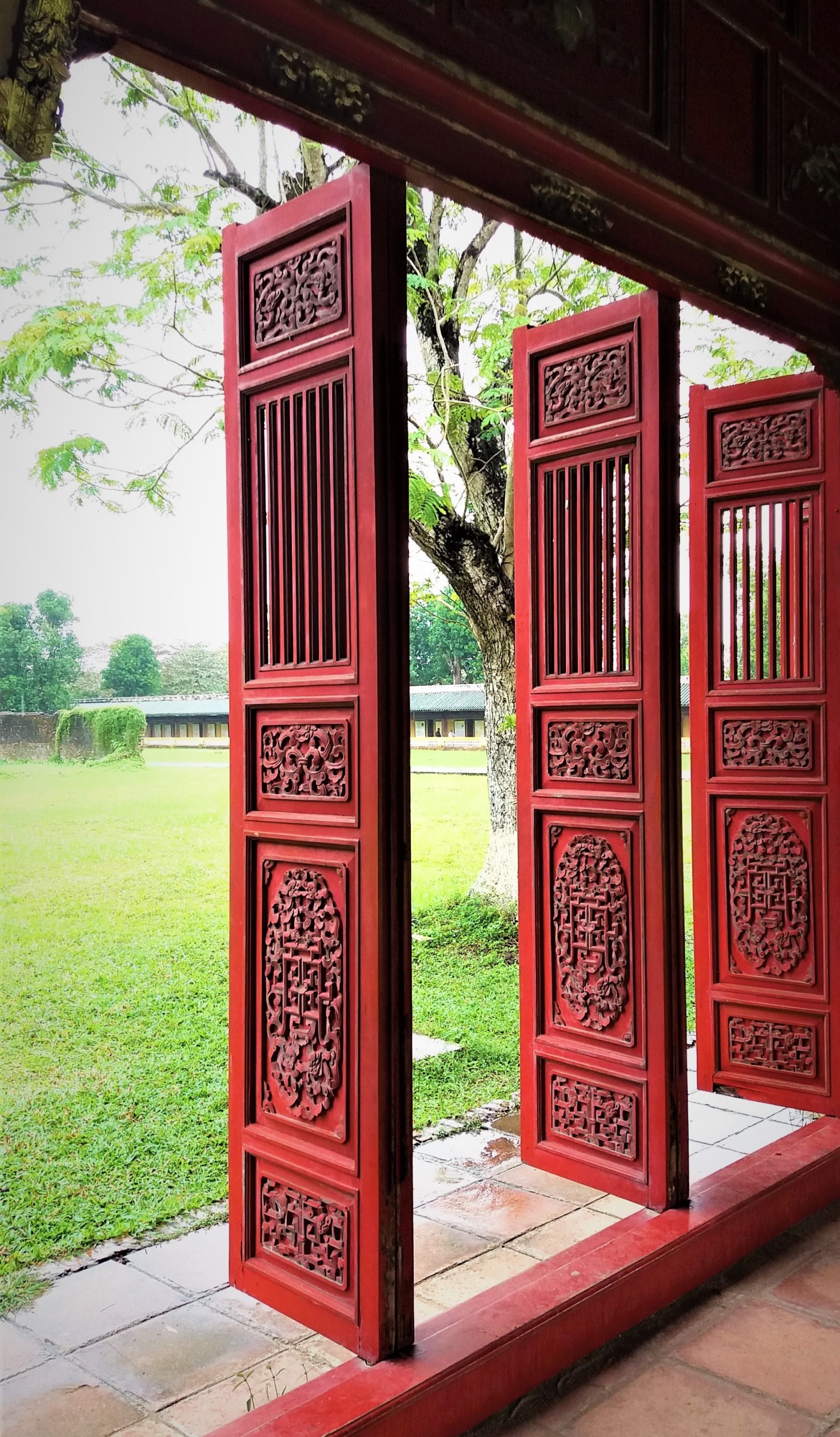


*All the images in this post belongs to the writer´s personal gallery and correspond to intellectual property, otherwise as noted.
Important Sources:
https://en.wikipedia.org/wiki/Imperial_City_of_Hu%E1%BA%BF
https://www.vietnamonline.com/attraction/hue-imperial-citadel.html


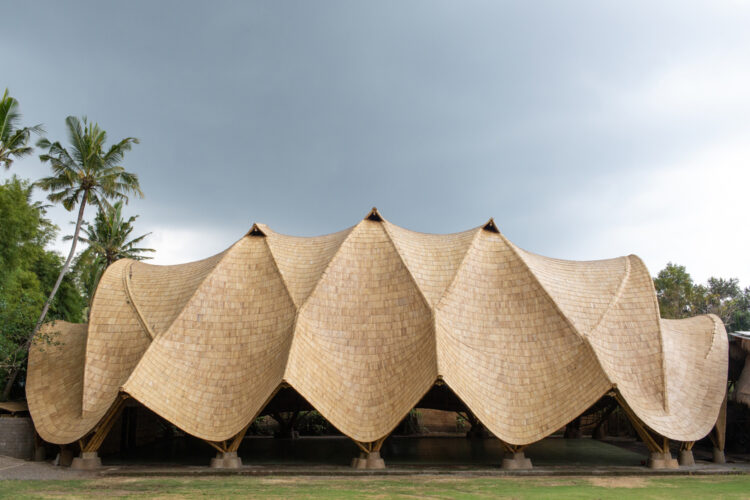
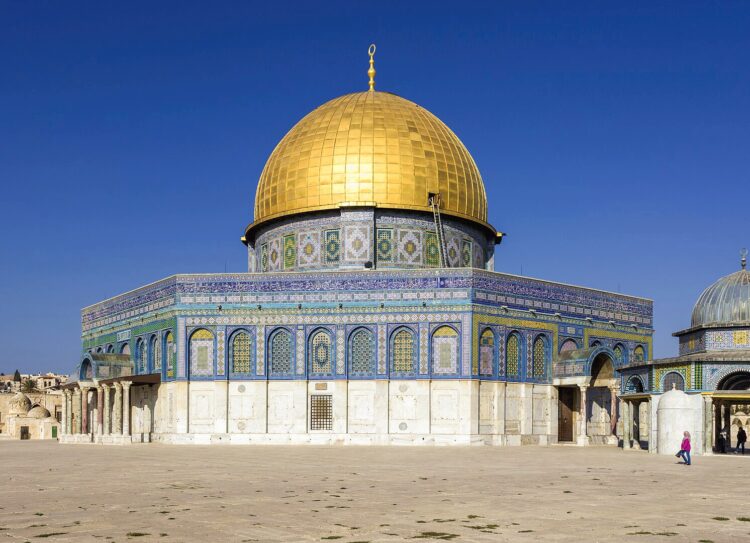




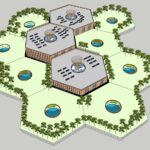
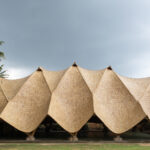
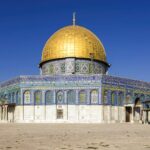
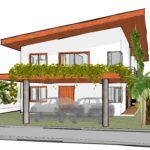






Comments
unfairly dismissed
Major thanks for the article post.Really thank you! Really Great.
https://waterfallmagazine.com
https://waterfallmagazine.com I every time used to study article in news papers but now as I am a user of internet so from now I am using net for articles, thanks to web.
Kathrin Carlin
I know a lot of folks whom I think would really enjoy your content that covers in depth. I just hope you wouldn't mind if I share your blog to our community. Thanks, and feel free to surf my website UY9 for content about Thai-Massage.